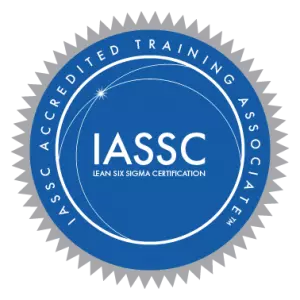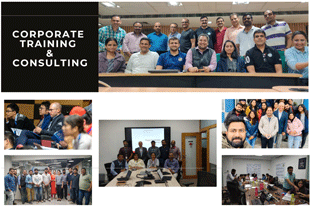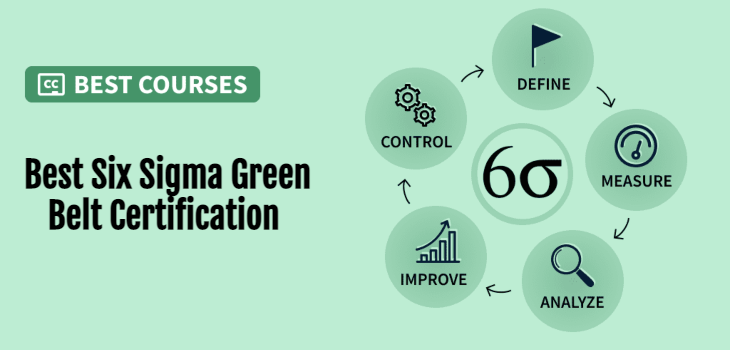Software testing is an investigation conducted to provide stakeholders with information about the quality of the product or service under test. Software testing can also provide an objective, independent view of the software to allow the business to appreciate and understand the risks of software implementation.
According to one of the latest Gartner report, the software testing work outsourced to India accounts for $4.7 billion. This is growing at the rate of around 15% annually. This growth means that there is potential for lot of newer jobs in software testing. However, there is almost nil education on software testing to students in their curriculum at colleges and institutes. Also, for people already in the testing job, they have had very little formal software testing training. Hence, those who train and prepare themselves in software testing will be better positioned to grab these jobs and grow their careers in this field.
Part: 1 Basic concepts
- Basic Testing Vocabulary
- Quality Assurance versus Quality Control
- The Cost of Quality
- Software Quality Factors
- How Quality is Defined
- Why Do We Test Software?
- What is a Defect?
- The Multiple Roles of the Software Tester(People Relationships)
- Scope of Testing
- When Should Testing Occur?
- Testing Constraints
- Life Cycle Testing
- Independent Testing
- What is a QA Process?
- Levels of Testing
- The “V” Concept of Testing
Part: 2 Testing Techniques
- Structural versus Functional Technique Categories
- Verification versus Validation
- Static versus Dynamic Testing
- Examples of Specific Testing Techniques
Test Administration
- Test Planning
- Customization of the Test Process
- Budgeting
- Scheduling
Create the Test Plan
- Prerequisites to test planning
- Understand the Characteristics of the Software Being Developed
- Build the Test Plan
- Write the Test Plan
Part: 3 Test cases
- Test Cases:
- Test case Design
- Building test cases
- Test data mining
- Test execution
- Test Reporting
- Defect Management
- Test Coverage – Traceability matrix
Test Metrics – Guidelines and usage
Test reporting:
- Guidelines for writing test reports
Part: 4
Test Tools used to Build Test Reports
Managing Change
- Software Configuration Management
- Change Management
Part: 5 Risks – Risk Analysis and Management with examples
User Acceptance testing – in detail explanation with details
Case Study: How to test web, stand alone and database applications – with examples.
From the course:
- Gives a firm grounding in software testing and also provides a certificate at the end of successful completion of the course.
- As outlined above it covers the key major aspects of software testing.
- Freshers can benefit a lot from this course as software testing is not covered in detail in the curriculum at institutes and colleges. By doing this course they can win over the recruiters and better their chances in getting the job.
- The course has a special section on the key skills for acquiring the testing jobs and hence sets a direction for better preparation and increasing the chances of grabbing the job.
- For experienced testers who never had formal training or want to refresh and update their knowledge this course provides the opportunity to accomplish that and better their chances of career growth.
- The course gives insight into how you can make money by picking up testing assignments online. Using your skills acquired in this course you can pick these assignments with confidence and do a good job.
- Freshers can start to make money while they are studying.
- Experienced people can make extra money through these assignments.
- Go ahead, be proactive and take the next leap for your professional development and better career growth, and register for the course.
The Lean Six Sigma program is designed for professionals and students who want to develop the ability to lead process-improvement initiatives. An indicative list of participants in our Green Belt program could include:
- Financial/business analyst
- Commodity manager
- Project manager
- Quality manager
- Business development manager
- Manufacturing process engineer
- Continuous improvement director
- Business managers or consultants
- Project manager/Program Manager
- Director or VP of operations
- CEO, CFO, CTO
















.jpg)

.webp)



















